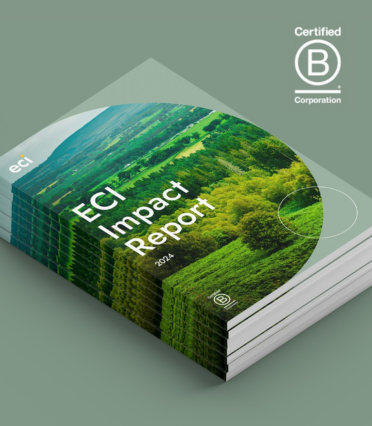Growing consumer focus on how nutraceuticals can support wellness is a long-term trend, but industry growth has accelerated since the onset of the pandemic. Since 2020, consumers have become more aware of their physical and mental health, looking for foods and supplements that can deliver wellbeing benefits.
In particular there has been growing interest in the space of immunity, beauty, hydration, gut-health and “long-lasting energy.” Demand for nutraceuticals, existing at the intersection of nutrition and pharmaceuticals, is now mainstream.
How much is the UK Vitamin, Mineral and Supplements (VMS) market worth? The wellness space is attractive to investors as it is a large addressable market, with the UK Vitamin, Mineral and Supplements (VMS) market estimated to be worth £520m in 2022. This reflects a high-rate of growth, with sales of VMS products growing 17% over the last five years. There is plenty more headroom as well, with only 38% of UK consumers regularly taking vitamins vs over 80% in the US. The sector is also highly attractive with higher margins than F&B but lower R&D and regulatory cost than pharma.
However, there is a high level of fragmentation, with the top 10 global companies only making up about 20% of market share. So how are brands winning in this space?
1. A strong direct-to-consumer brand
VMS distributed online is outstripping market growth rates and brings more significant opportunities for brands who can get it right. As well as owning more of your margin, it also gives you direct access to understand your customer. Your platform gives you proprietary data to help inform new product development.
One of the reason brands in the wellbeing space can develop effective DTC channels is many operate on a subscription basis, creating stickier customers. The wellness trend is an integral part of social media, particularly on Instagram and TikTok, so brands that can leverage their own customer base to promote incentives or use an influencer strategy to build a loyal customer base directly. You see many offer free samples and trials to build that long-term customer base.
DTC channels usually go beyond selling the product, and instead sell the full lifestyle, with guides and user posts. For example, the best protein brands are likely to provide recipes and workout suggestions, rather than just a shop for their product.
2. Sustainability
The prevalence of B Corp within the wellness space is reflective of the importance wellness customers place on green credentials. According to Deloitte’s research, around a third of consumers have actively chosen brands in the last year with strong sustainable (34%) and ethical (30%) credentials. You are increasingly seeing wellness brands win against competitors through making changes like:
- Plastic free and sustainably sourced packaging
- Refill options across products
- Plant-based alternatives such as vegan protein shakes or plant-based or fermented rather than bovine collagen
- A focus on 100% non-synthetic ingredients
- Products made using fruit skin, pits and waste/algae
- Ingredients that are 100% traceable for consumers
3. Clearly communicated efficacy
While a focus on wellbeing is growing, consumers are also highly sceptical. Ingredients should resonate with consumer beliefs about health but also be shown to have a demonstrated health benefit in scientific studies.
Companies like supplement brand Ritual was born out of this scepticism, looking to create supplements that were fully traceable and “science-backed” using only clinically studied ingredients and using peer-reviewed studies for their vitamins. Similar drivers have led to more brands using third party certification to validate their claims.
Brands will need to look for innovative ways to validate and communicate health claims. Similarly, while influencers are an effective marketing channel, it also needs to be done in an ethical way. The UK’s Advertising Standards Authority banned Bootea’s Instagram ads that showed an influencer who hadn’t used their products. As scepticism over these sort of ads grow, brands are more likely to use genuine users as a more trustworthy way to promote wellness brands.
4. Personalisation
The trend towards increased personalisation in wellness is growing. McKinsey states that more than 88% of UK consumers prioritise personalisation as much or more than they did 2/3 years ago.
That has led to many companies doing quizzes when users land on their page, to create a package that is right for their needs. Products can also be created bespoke for users, for example Nourished provides 3D-printed gummies that allows you to personalise for your specific dietary and health requirements.
One driver for this personalisation is that consumer awareness of their own health data has grown, with CCS Insight stating that wearables ownership is expected to double between 2021 to 2026, with 1.3bn people owning some form of smartwatch or fitness tracker. This creates an opportunity to leverage more consumer data and use AI and machine learning to provide hyper personalised offerings that adapt according to data and changing health needs.
If you’d like to find out more about how ECI can support your growing wellness business please get in touch.


